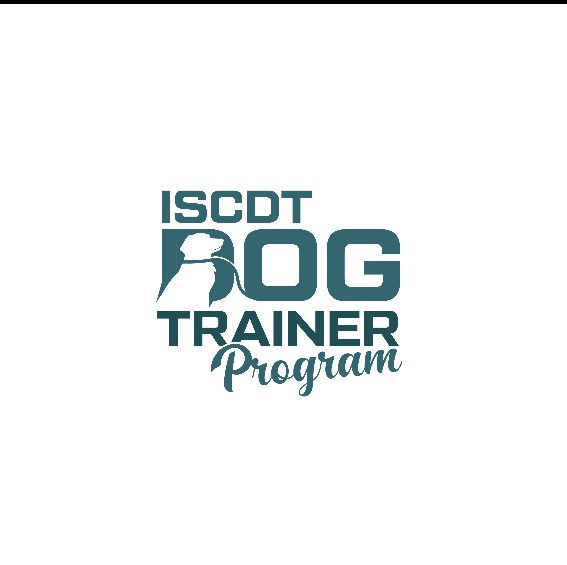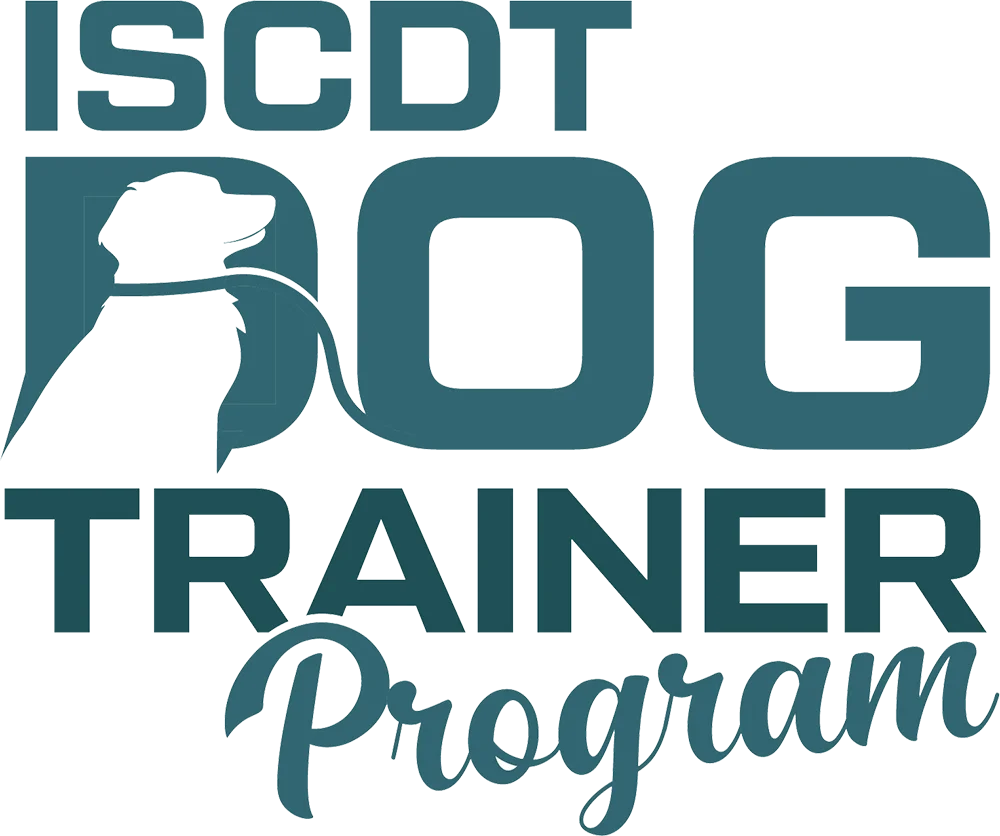
Saving for retirement while owning a dog training business involves a combination of sound financial planning, smart investment choices and long-term strategies. This ensures you have enough funds for retirement. Here are some key steps and considerations:
1. Create a Business Budget and Profit Plan
Track Business Revenue and Expenses: Know your income and expenses well. This allows you to assess how much you can allocate toward retirement savings after paying for business costs, like equipment, marketing, rent, salaries, etc.
Set aside a portion of profits for savings: Designate a portion of your business’s profits to go directly into a retirement account. This can be a fixed percentage each month or quarter.
2. Choose the Right Retirement Account
As a dog training business owner, you have several retirement savings options that differ from those available to employees. Here are some to consider:
Solo 401(k) (Individual 401(k)):
- A popular choice for self-employed individuals and business owners with no employees.
- Allows for both employee and employer contributions, enabling you to contribute significantly higher amounts.
- In 2024, you can contribute up to $23,000 as an employee, plus an additional $7,500 if you’re over 50 (catch-up contribution). As an employer, you can contribute up to 25% of your business’s net income, for a total of up to $66,000 (or $73,500 with catch-up contributions).
- SEP IRA (Simplified Employee Pension):
- Easier to set up than a 401(k) and great for self-employed individuals with fluctuating income.
- Allows you to contribute up to 25% of your net earnings, up to $66,000 in 2024.
- Traditional IRA or Roth IRA:
- These accounts are available regardless of your business structure but have lower contribution limits ($6,500, or $7,500 for those 50+ in 2024).
- The Roth IRA is beneficial if you anticipate being in a higher tax bracket in retirement because withdrawals are tax-free.
- Defined Benefit Plan:
- A more complex and higher contribution plan that might be beneficial for business owners with higher incomes. It allows for significant tax-deferred contributions, potentially over $100,000 in some cases, depending on your age and income.
3. Maximize Contributions in Good Profit Years
When your dog training business is doing well financially, try to maximize contributions to your retirement plan. For instance, in years when revenue is higher, consider making additional contributions to take advantage of your business’s profitability.
4. Diversify Your Investment Portfolio
Ensure your retirement savings are invested in a diversified portfolio that matches your risk tolerance and time horizon. As you own a business, you may want to consider more conservative options as you approach retirement age. Think bonds and stable growth assets.
5. Plan for Your Personal and Business Financial Future
Emergency Fund: Make sure to set up an emergency fund both for your business and personal finances. Having this buffer will ensure that you don’t dip into retirement savings in case of an unexpected downturn.
Tax Strategy: Work with a tax advisor to develop strategies to minimize your taxes, both personally and for your business, and take full advantage of tax-deferred retirement accounts.
6. Evaluate Your Business Structure
Depending on how you structure your dog training business (sole proprietorship, LLC, S-corp, etc.), there could be different tax advantages or retirement contribution limits.
S-Corporation Structure: If your business is an S-corp, you may save on self-employment taxes by paying yourself a reasonable salary and taking additional distributions, allowing more flexibility in retirement contributions.
7. Invest in Business Growth with Future Retirement in Mind
As your business grows, reinvest profits into assets or strategies that may increase the value of your business. In the long term, a successful dog training business could be sold or passed on to someone else, providing retirement income.
Exit Strategy: Consider developing an exit strategy that allows you to sell the business or scale it down when you approach retirement.
8. Consult a Financial Planner or Retirement Specialist
A certified financial planner who specializes in small businesses or retirement planning can help you set specific retirement goals, optimize your savings, and reduce tax liabilities. They can also help you plan for the sale of your business if that is part of your retirement plan.
9. Automate Retirement Contributions
Set up automatic transfers to your retirement account(s) from your business bank account. This can help you stay consistent with your savings and ensure you’re regularly putting money aside for retirement.
By following these steps and continually reviewing your financial situation, you can build a strong foundation for your retirement while managing and growing your dog training business.
No matter where you live in the United States, if you are looking for someone who can help you figure out the best retirement planning strategies, I suggest Joseph Doolan of Equitable Holdings. You can reach Joseph Doolan at joseph.doolan@equitable.com. Use Code ISCDT when contacting him.

Want to learn other tips about starting, and running, your own dog training business? Visit ISCDT.com to learn more about our Starting Your Own Dog Training Business Course and online courses for dog trainers.
